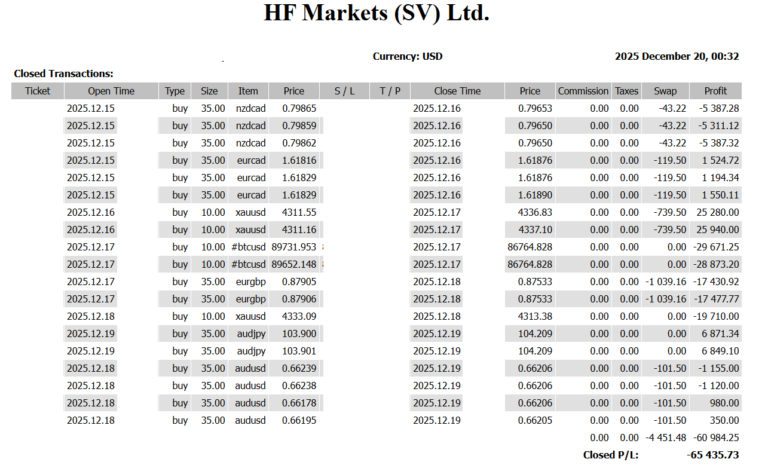This week continues to lack clear cues. USD/JPY remains in consolidation around the 150 yen level, showing little momentum. During Tokyo trading hours, NZD selling intensified following the Reserve Bank of New Zealand’s decision to keep its policy rate unchanged. While the central bank governor mentioned discussions about rate hikes, the downward revision of inflation forecasts by the central bank seemed to have a stronger impact. The statement did not provide a clear indication of future rate hikes. The NZD/USD declined, exerting overall upward pressure on the dollar.
On the other hand, the dollar index has been declining since mid-February. Currently, the 10-day and 21-day moving averages have formed a death cross. However, the 200-day moving average has not been decisively breached, leading to some uncertainty regarding the overall direction of the dollar.
In such circumstances, today’s focus is on the US real GDP revised data for the fourth quarter. Market expectations suggest no change from the preliminary figures. The GDP growth rate is expected to remain at +3.3% on a quarter-on-quarter basis, with personal consumption at +2.8%. Other scheduled releases include the MBA mortgage applications, US wholesale inventories (January), and Canada’s current account balance (fourth quarter). Ahead of these, the London market will see the release of Eurozone consumer confidence and economic sentiment for February. Any unexpected revisions in the US GDP could have an impact on the market sentiment.
Regarding speeches and events, we anticipate engagements by various central bank officials, including those from the European Central Bank and the Federal Reserve. The timing of rate cuts by central banks is increasingly data-dependent, and explicit disclosures of the timing from officials are unlikely.
The movement of the NZD is as expected. However, as the NZD remains a high-yielding currency, speculative buying may re-enter if the selling pressure observed earlier subsides.


